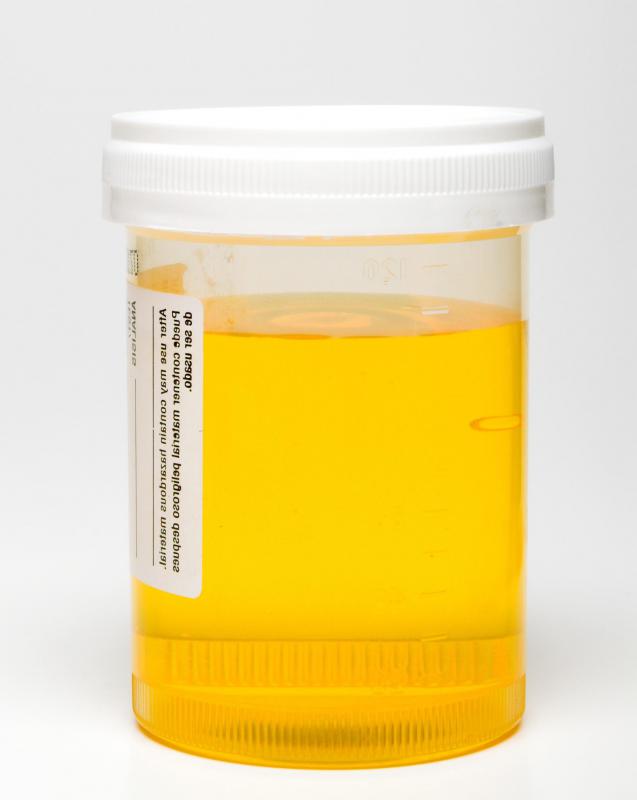At TheHealthBoard, we're committed to delivering accurate, trustworthy information. Our expert-authored content is rigorously fact-checked and sourced from credible authorities. Discover how we uphold the highest standards in providing you with reliable knowledge.
What Is Lloyd's Sign?
"Lloyd’s sign" is a finding on a medical examination indicating that a patient has a kidney stone or infection. Care providers gently tap the back, hitting the space between the 12th rib and the spine. This percussion elicits pain around the kidney, or lower down in the abdomen. The test for Lloyd’s sign can be performed as part of a routine abdominal workup, especially if a patient reports kidney or abdominal pain. If the test is positive, the care provider can discuss the next option, such as medical imaging to take a look at the kidney, or blood testing to check for signs of infection.
A full examination to work up a patient for pain can include observing the abdomen and palpating all sections. Palpation doesn’t necessarily elicit pain, so care providers also percuss, tapping the region. The taps can force internal organs to move, agitating stones or infected tissue and causing pain. To check for Lloyd’s sign, the patient classically sits or stands upright to permit free access to the back. Care providers look for the costovertebral angle (CVA) at the 12th rib, and then gently tap.

Positive results may be known as CVA tenderness in addition to Lloyd’s sign, and the test itself is also known as a kidney punch, which is somewhat misleading. Care providers do not actually punch the kidney, as this could potentially be dangerous for the patient. During the test, it is important to provide feedback about what hurts, where, and when. Lloyd’s sign occurs specifically when the percussion causes the patient to experience pain by jostling a kidney stone or area of pyelonephritis, inflammation around the base of the kidney.

This can be considered along with other findings when deciding how to proceed with treatment. The care provider may request a blood test to look for high concentrations of white blood cells, which can indicate an infection. Urine samples can also provide more information about what is happening inside the kidneys. Medical imaging studies like ultrasound may reveal tell-tale signs of kidney stones. All of this information can be used to formulate a diagnosis and develop recommendations for treatment options.

Stones may be treated with surgery and other procedures to break them up and remove them if it is evident the patient cannot pass them independently. In the case of pyelonephritis, medications can be used to address the inflammation. The patient may also need antibiotics if organisms have settled into the kidneys to take advantage of their weakened state. Some cases are severe and may require hospitalization for treatment, as prolonged inflammation can contribute to the development of kidney failure.
AS FEATURED ON:
AS FEATURED ON:

















Discuss this Article
Post your comments